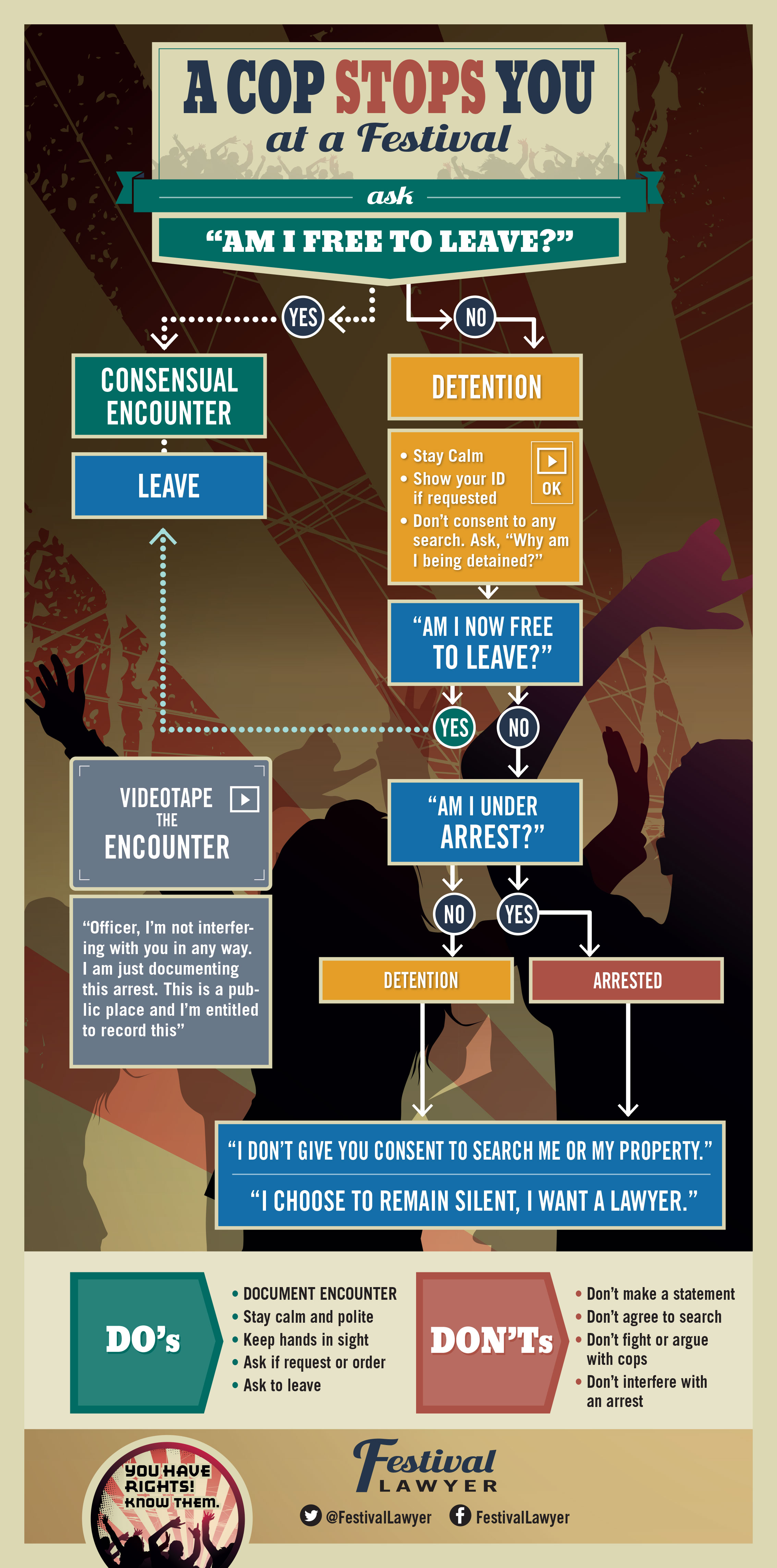Recognizing The Process: A Normal Separation Situation Timeline
Recognizing The Process: A Normal Separation Situation Timeline
Blog Article
Write-Up By-Hammer Damm
As you start the journey of navigating a separation instance, you might find yourself wondering about the timeline that exists ahead. From the first phases of filing documents to the complexities of negotiation and the possibility for a test, each action holds its own set of difficulties and uncertainties. Comprehending the sequence of occasions can help you get ready for what's to come and prepare for the twists and turns that might emerge in the process.
Preliminary Filing and Service of Files
When starting the separation procedure, the first step is the preliminary filing of the required papers with the court. This action officially starts the legal treatment and sets the separation instance in motion. You should send types that lay out the grounds for separation, assets, responsibilities, revenue, expenses, and any other pertinent information needed by the court.
After filing these papers, copies need to be offered to your spouse, educating them of the separation procedures. This solution can be done with a process server, constable's office, or qualified mail, ensuring that your spouse is formally notified of the separation instance versus them.
Once the records are filed and served, the court will certainly give an instance number and designate a judge to look after the situation. Family-based Immigration to precisely finish and file these files, as any type of errors or noninclusions can delay the divorce process.
This preliminary step lays the foundation for the lawful dissolution of your marriage, marking the beginning of a possibly difficult yet essential procedure.
Discovery and Arrangement Phase
During the Exploration and Settlement Stage of a divorce case, both parties participate in collecting information and exchanging pertinent files to much better understand each other's economic conditions and various other significant information. This phase is important as it establishes the foundation for settlements and potential settlement agreements. Via techniques such as interrogatories, requests for production of files, and depositions, each party aims to uncover truths, properties, financial debts, and various other essential details that may impact the instance's end result.
Arrangements during this stage typically involve conversations on various problems like home department, child wardship, visitation routines, and financial backing. Both events might deal with their lawyers to check out settlement options, potentially preventing the requirement for a trial.
Arbitration or collective law processes may likewise be utilized to promote effective discussions and reach equally appropriate contracts. It's vital to approach this stage with openness, honesty, and a willingness to compromise to achieve a smoother resolution and lessen the psychological and monetary toll of an extensive court fight.
Trial and Last Resolution
Moving on from the Exploration and Arrangement Stage, the Test and Final Resolution stage notes the end result of your separation case. hop over to this web-site is where unsolved concerns are brought before a court to make decisions on matters like possession department, kid custodianship, and support. The test usually entails providing proof, witness statements, and legal debates to support your case.
During Cross-Border Divorce , both events will certainly have the possibility to provide their placements and counterarguments. It's essential to be prepared, as the court's decision will significantly affect the final result of your separation.
Adhering to the test, the court will certainly issue a final judgment that lays out the terms of the separation, consisting of any kind of financial negotiations and custodianship arrangements.
As soon as the judgment is issued, the divorce is wrapped up, and both celebrations are legally bound by its terms. While the test phase can be stressful and emotional, it's an essential action in the direction of reaching a final resolution and moving forward with your life post-divorce.
Conclusion
Finally, navigating a separation case involves a collection of actions from filing initial records to reaching a last resolution. Understanding the timeline of occasions can help you prepare for what to anticipate throughout the procedure. By being aggressive, looking for legal assistance, and staying notified, you can navigate the complexities of divorce proceedings with self-confidence and clearness.
